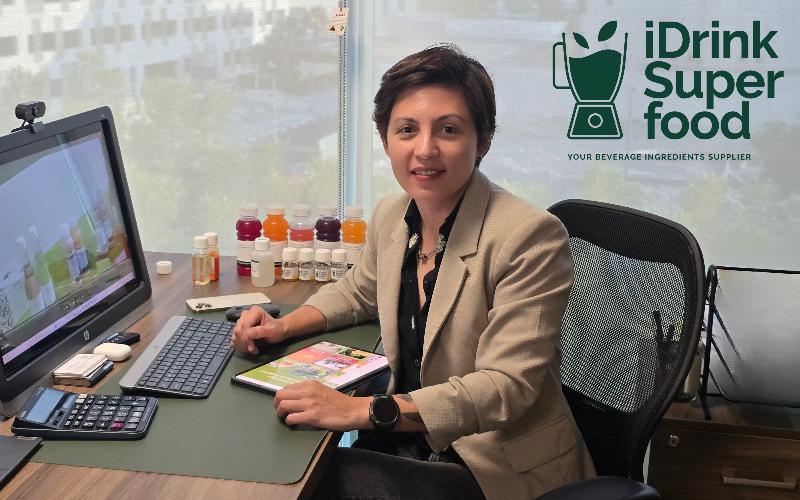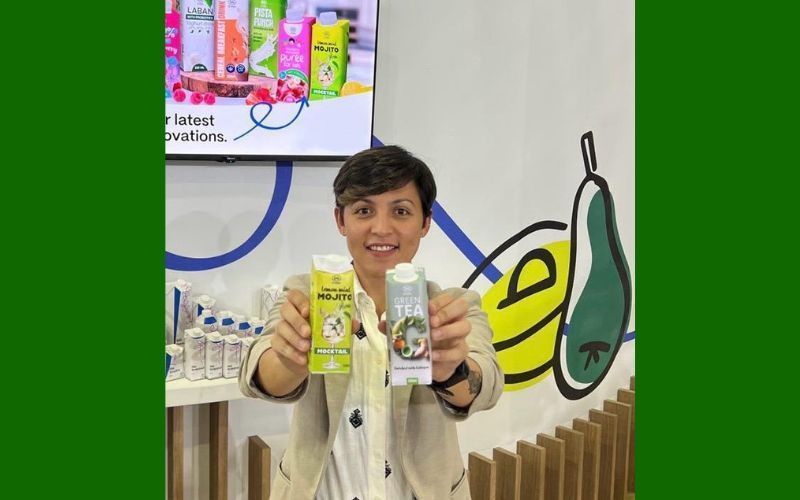How to deal with navel infections in calves

At birth, the umbilical cord is stretched and torn, leaving the calf with an umbilical stump, which is a potential entry point for pathogens with direct access to the bloodstream. Under normal conditions, the navel stump dries out and falls off at about two weeks of age. However, if the umbilical stump is not properly cared for, the calf can develop an umbilical infection and even develop an abscess or hernia. In some calves, especially those with weakened immune systems due to insufficient colostrum, this infection spreads into the bloodstream and reaches the liver, joints, lungs, kidneys and other organs, compromising the calf's survival.
In calves with umbilical infections, the umbilical cords are moist or purulent and the umbilical area is swollen, hard and tender to the touch. Young calves (less than 20 days old) with fever and lack of appetite should be assessed for umbilical infection. If visual inspection of the umbilical cord is inconclusive, pinch the umbilical stump and note the pain response.
Sick calves should be treated with antimicrobials and supportive care to prevent abscess formation and control the spread of disease through the blood. Antimicrobial therapy may not be effective if started too late or stopped earlier than recommended. Navel infections in calves can become chronic and worsen throughout their productive lives. It is important to prevent belly button infections. The key is to reduce belly button exposure to pathogens and increase calf protection.
How to reduce your exposure to pathogens:
1. Keep it clean. It is extremely important to keep the area around the calf clean, especially before using disinfectants. A clean maternity ward is a must, but don't forget the pen or cage in which the calf will move on.
2. Disinfect it. Immediately after birth, ensure that the navel is completely covered with a fresh disinfectant solution. If this task is delayed, its effectiveness will decrease. When using a disinfectant, remember:
- Keep sanitizer solution clean (i.e., cover cups, change sanitizer solution frequently). Dirty cups may be the source of the problem rather than the solution.
- Farm staff should only dip belly buttons while wearing clean gloves. Handling calves with dirty hands can increase the likelihood of pathogen contamination.
- Make sure the umbilical cord is completely closed. This is easier to achieve with a dip than a spray, but a spray may be a cleaner alternative.
- Follow label directions for storage. To remain effective, most disinfectants should be stored in closed containers at room temperature, away from heat, moisture and direct sunlight. Storing disinfectants at room temperature is a real challenge, especially in summer and winter.
3. Repeat disinfection. Reapply the disinfectant solution when the calf is moved to a separate cage. If you have concerns about a belly button infection, apply a disinfectant solution once a day until the umbilical cord is dry.
4. Fight flies. The source of infection can be flies. Implement best management practices to reduce fly populations in maternity and calf pens.














